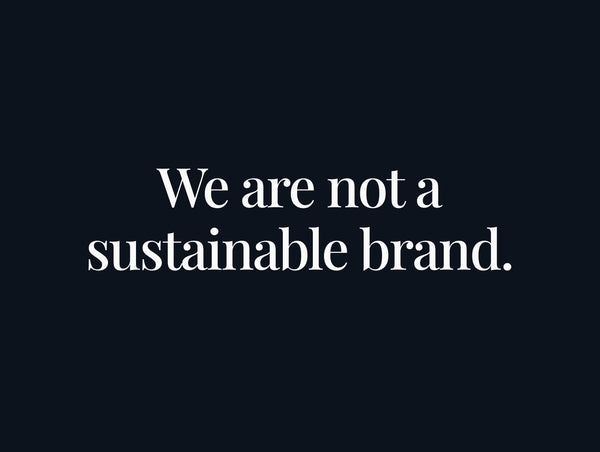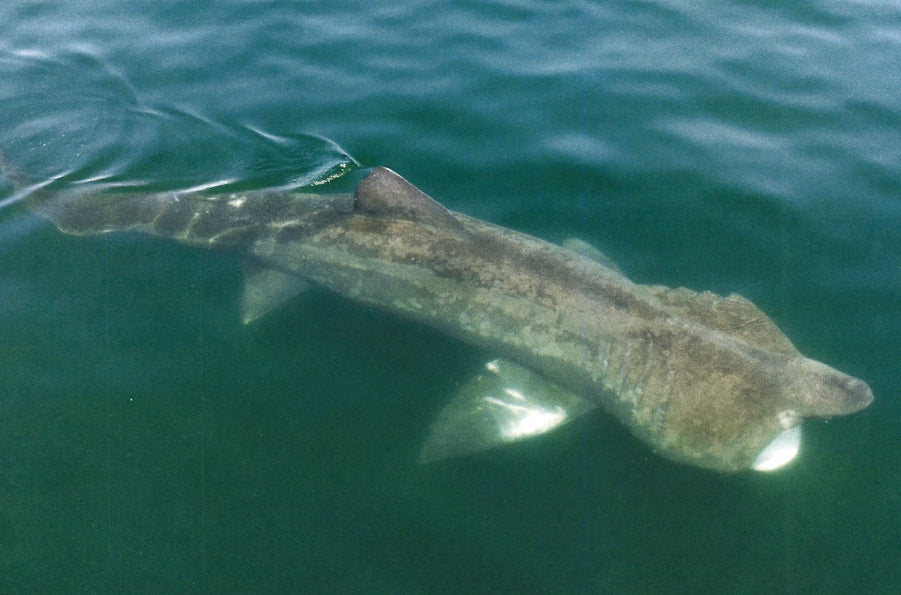


World Oceans Day 2024
Words and Images by Sutton Lynch
For the first time in decades, the New York Bight is returning to sustainable and healthy levels. Humpbacks can be seen feeding within fifty yards of the beach and dolphins playing among surfers. Policy efforts to protect and preserve our waters have been highly successful. What we are witnessing is the culmination of conservation efforts years in the making. Most species have always been in the region but remained far offshore and out of sight. It wasn’t until populations of a keystone filter feeder, called menhaden, rebounded that a large portion of these animals returned to inshore ecosystems to feed.
Despite their outlandish appearance, basking sharks are a native species to New York. This video was captured 1/4 mile off the south shore of Amagansett just this past week. They are slow-moving filter feeders that prey on zooplankton, grow to an average length of 25 feet, and live up to 50 years. They are the second largest fish and shark in the ocean, filtering up to 2,000 tons of water an hour, about the amount in an Olympic-sized swimming pool. Their recent presence may be a result of cleaner waters and an influx of microorganisms.
Although the ecosystems surrounding New York City and Long Island have recovered in recent years, it’s important to recognize how fragile they really are. Our actions, on a local and global level, have the potential to directly and indirectly affect these creatures and their habitats, the greatest threat being climate change. We need to learn from the mistakes and successes of our past and move forward with the intent of living in tandem with these creatures. This planet, this ocean, is just as much their home as it is ours.














